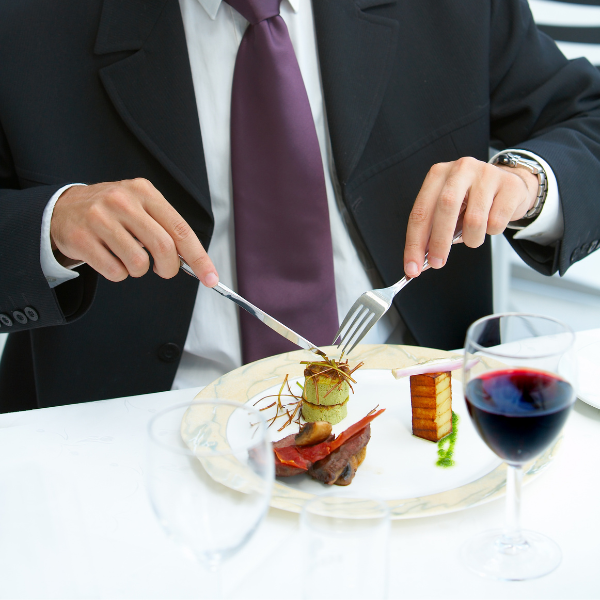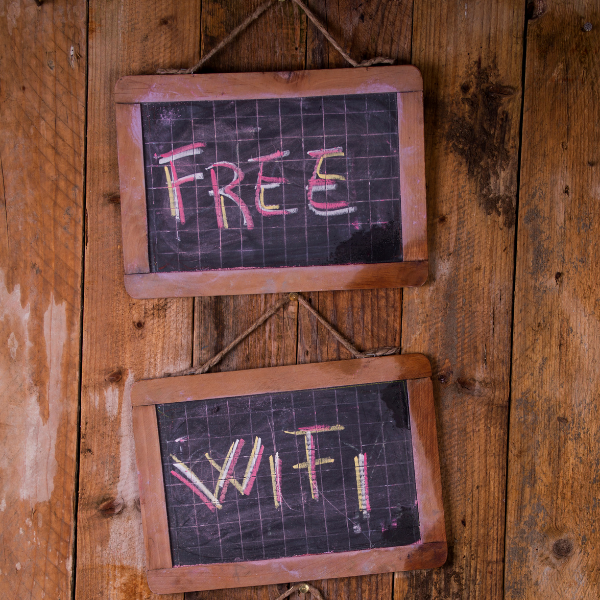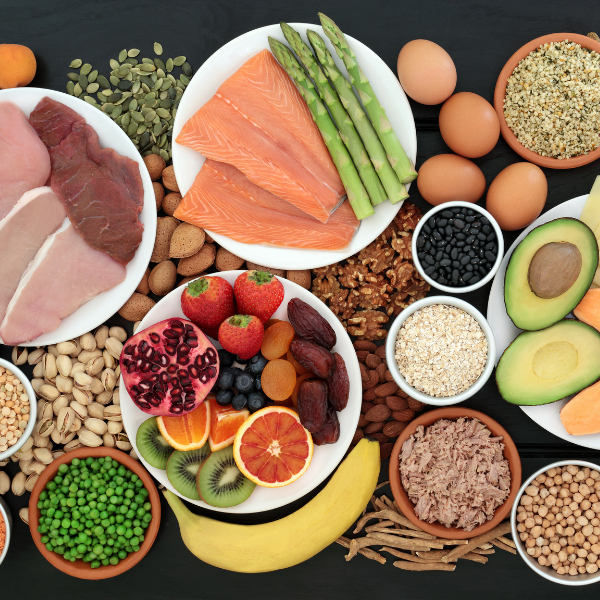The packaging paradox is an emerging issue in the food industry that calls for significant attention. This paradox primarily centers on two crucial consumer expectations: clean labels and extended shelf life. As consumers grow more health conscious, there's a mounting demand for clean labels, products free from artificial preservatives and additives. Yet, this demand seems to conflict with the need for longer shelf lives, which these same additives have traditionally ensured. This conflicting situation creates the “packaging paradox.”
What Are Clean Labels?
In food packaging, clean labels signify products that eschew artificial ingredients and chemicals. These labels champion transparency by shedding light on the constituents of the food, emphasizing easily comprehensible ingredients that are often regarded as more inherently 'natural.' This approach resonates with the "less is more" philosophy, advocating for a reduction in ingredients, limited processing, and the complete exclusion of artificial additives.
Consumer Demand For Clean Labels
The demand for clean labels has witnessed an extraordinary surge in recent years. A Nielsen report revealed that 73% of consumers are willing to alter their consumption patterns to mitigate their environmental impact, encompassing a preference for clean-label products. Additionally, a survey conducted by Label Insight revealed that 94% of consumers display heightened loyalty towards brands that exhibit complete transparency, including the adoption of clean labeling practices.
The Importance Of Shelf Life
Why Shelf Life Matters
Understanding the pivotal role of shelf life in ensuring the quality, safety, and commercial viability of food products is imperative. Shelf life denotes the duration during which a food item maintains its desired attributes and remains safe for consumption under specified storage conditions. An extended shelf life grants producers access to remote markets, curtails food waste, and bestows consumers with the convenience of infrequent product purchases.
Current Methods To Extend Shelf Life
Traditionally, the food industry has used various methods to extend shelf life, such as pasteurization, sterilization, refrigeration, and the use of additives and preservatives. Food labels are also used to show when ingredients are good by. However, many of these methods involve substances or processes that contradict the clean label movement.
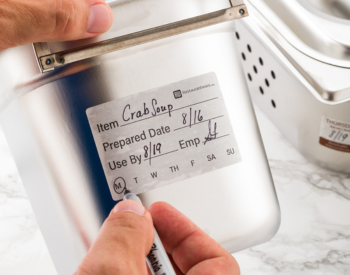
The Challenge Of Balancing Clean Labels And Shelf Life
Striking a balance between maintaining clean labels and extending product shelf life is no small feat. For example, removing preservatives from a product can shorten its shelf life and potentially impact its safety and quality. Despite these challenges, some forward-thinking companies are finding innovative solutions to address this packaging paradox.
Innovations In Food Packaging
Emerging Technologies For Shelf Life Extension
Advancements in food packaging technologies are leading the way in resolving the packaging paradox. Techniques such as high-pressure processing, modified atmosphere packaging, and edible coatings are emerging as promising alternatives. These technologies extend shelf life without artificial additives, aligning with the clean label trend.
Current Approaches to Prolonging Shelf Life
Traditionally, the food industry has resorted to diverse methods to extend shelf life, such as pasteurization, sterilization, refrigeration, and using additives and preservatives. However, many of these techniques involve substances or processes that directly conflict with the principles of the clean label movement.
The Delicate Balance Between Clean Labels and Shelf Life
Striking an intricate equilibrium between upholding clean labels and extending product shelf life represents an arduous undertaking. For instance, removing preservatives from a product can curtail its shelf life and potentially compromise its safety and quality. Despite these formidable challenges, a select group of pioneering enterprises is ingeniously devising innovative solutions to navigate this packaging paradox.
Pioneering Innovations in Food Packaging
Revolutionary advancements in food packaging technologies spearhead the resolution of the packaging paradox. Techniques such as high-pressure processing, modified atmosphere packaging, biodegradable bags, and edible coatings are emerging as promising alternatives. These cutting-edge technologies successfully prolong shelf life without necessitating the incorporation of artificial additives, thereby harmonizing with the growing clean label trend.
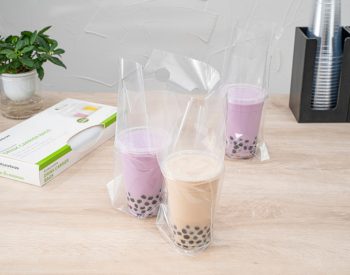
Success Stories
Numerous companies have achieved a harmonious synthesis between clean labels and shelf life. Renowned brands like Evol Foods and Annie's Homegrown have embraced the tenets of clean labeling while simultaneously ensuring a satisfactory shelf life for their products. These accomplishments testify to the notion that the packaging paradox is not insurmountable.
The Future Of Food Packaging
As we peer into the future, the quest for equilibrium between clean labels and extended shelf life will continue to shape the food packaging industry. Emerging technologies, such as nanotechnology and biodegradable packaging materials, promise to further advance this delicate balance. Moreover, regulatory reforms and heightened consumer awareness will drive the demand for clean labels, necessitating ongoing innovation in shelf-life extension methods.
Transforming The Future
The packaging paradox, characterized by the delicate interplay between clean labels and extended shelf life, represents a profound challenge within the food industry. It demands the industry's unwavering commitment to cater to the escalating consumer demand for transparency and health-conscious products while ensuring product safety and convenience. Nevertheless, through ongoing technological advancements and the implementation of innovative practices, the industry is gradually making headway in addressing this paradox. The success stories of companies that have effectively harmonized clean labels and extended shelf life provide tangible evidence that this challenge is not insurmountable.
As consumers, it is of utmost importance to remain informed and supportive of these developments, as our choices can influence the pace of change and shape the future of the food we consume. The evolving landscape of food packaging is a testament to the industry's adaptability and unwavering commitment to meeting consumer needs and expectations. By embracing the symbiotic relationship between clean labels and extended shelf life, the food industry can forge a path toward a future where transparency and product longevity coexist harmoniously.




